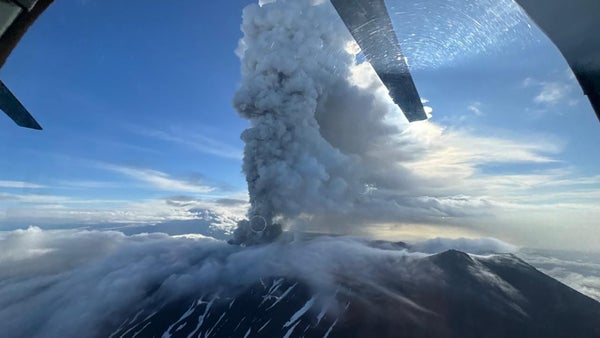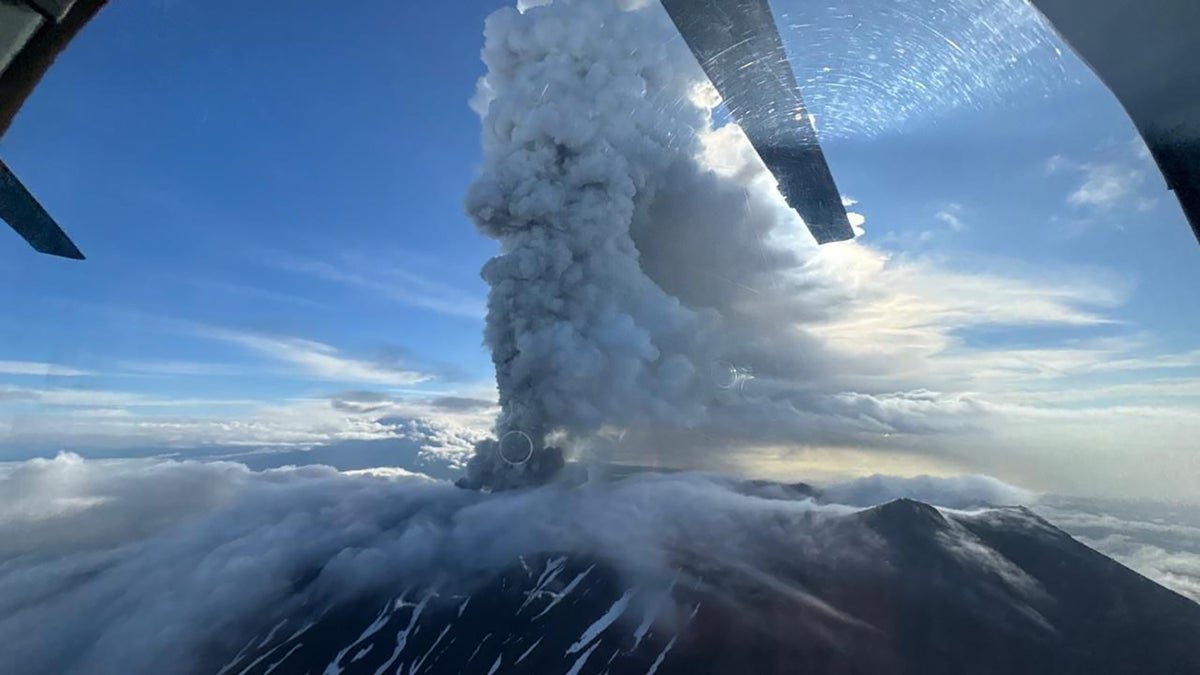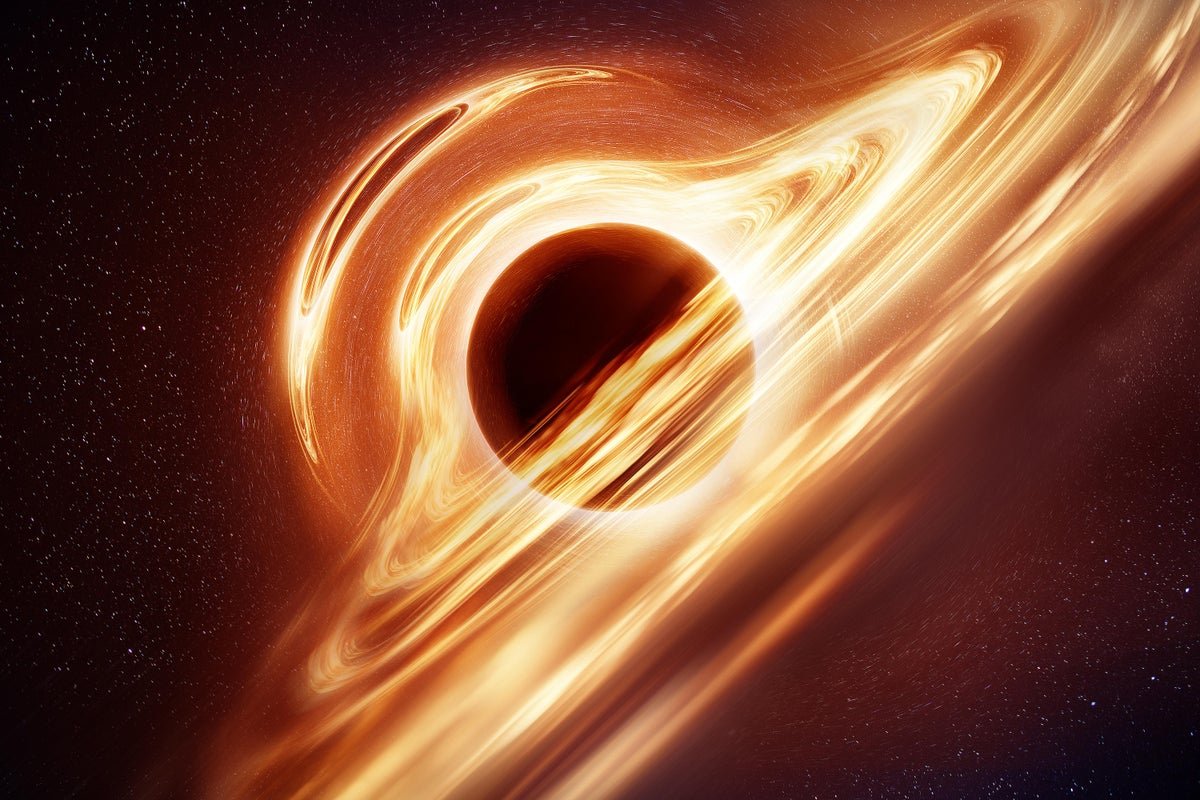Russian Volcano, Dormant for Hundreds of Years, Erupts after Massive Nearby Quake
The Krasheninnikov volcano, located less than 150 miles away from the epicenter of Russia’s July 29 earthquake, began erupting on August 3

A massive column of ash erupts from the Krasheninnikov volcano in Russia’s eastern Kamchatka region, marking its first eruption since 1550, according to the Smithsonian Institution’s Global Volcanism Program, on August 3, 2025. The eruption comes just days after one of the most powerful earthquakes ever recorded in the region.
Sheldovitsky Artem Igorevich/IViS/Handout/Anadolu via Getty Images
Russia’s Krasheninnikov volcano erupted for the first time in centuries on August 3, sending ash and gas nearly four miles into the atmosphere—less than 150 miles away from the epicenter of the magnitude 8.8 earthquake that struck on July 29.
The mountain is one of eight active volcanoes in the Kronotsky Nature Reserve and part of the Eastern Kamchatka Volcanic Arc. The eruption began around 6 A.M. local time on Sunday (2 P.M. EDT on August 2), when personnel in the area noticed ash, steam and gas escaping from the slopes of the volcano, according to a Russian-language statement posted on the nature reserve’s website.
READ MORE: Why the Russian Earthquake Didn’t Cause a Huge Tsunami
On supporting science journalism
If you’re enjoying this article, consider supporting our award-winning journalism by subscribing. By purchasing a subscription you are helping to ensure the future of impactful stories about the discoveries and ideas shaping our world today.
The volcano is located on the sparsely populated Kamchatka Peninsula, just across the international date line from Alaska’s Aleutian Islands. Because of its remote location, the volcano presents little threat to humans. Scientists have cataloged 31 previous confirmed eruptions of Krasheninnikov throughout the current Holocene epoch, which began about 11,700 years ago. Its most recent known eruption occurred around 1550, according to the Smithsonian Institution‘s Global Volcanism Program.
Large earthquakes do occasionally trigger nearby volcanic eruptions, according to the U.S. Geological Survey—but only if the volcano is already nearing an eruption, with enough magma stored inside of it undergoing high enough pressure.
Another volcano in the same arc, Klyuchevskoy, is also currently erupting. Scientists watched lava fill the crater beginning in April and confirmed large amounts of fresh lava there on July 19, before the massive earthquake. This volcano has historically been much more active than Krasheninnikov, with more than 111 Holocene eruptions identified by scientists, including more than a dozen in the past two decades.
It’s Time to Stand Up for Science
Before you close the page, we need to ask for your support. Scientific American has served as an advocate for science and industry for 180 years, and we think right now is the most critical moment in that two-century history.
We’re not asking for charity. If you become a Digital, Print or Unlimited subscriber to Scientific American, you can help ensure that our coverage is centered on meaningful research and discovery; that we have the resources to report on the decisions that threaten labs across the U.S.; and that we support both future and working scientists at a time when the value of science itself often goes unrecognized. Click here to subscribe.




